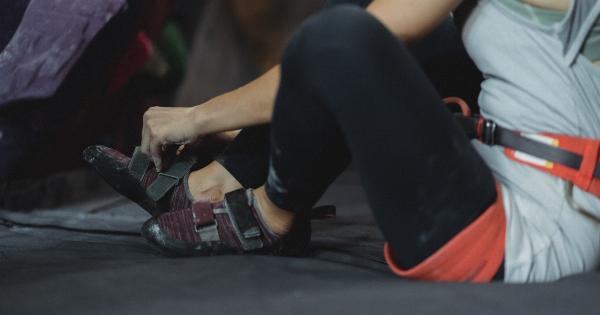Warts are small, benign growths that appear on the skin. They are caused by the human papillomavirus (HPV) and are typically non-cancerous. Warts can occur anywhere on the body and vary in shape, size, and appearance.
Understanding the different types of warts and their characteristics can help in identifying and treating them effectively.
1. Common Warts (Verruca Vulgaris)
Common warts, also known as verruca vulgaris, are the most common type of warts. They are usually small, rough, and firm with a grainy appearance. Common warts often appear on the hands, fingers, elbows, and knees.
They can have a cauliflower-like texture and may have tiny black dots, which are actually tiny blood vessels that supply blood to the wart.
2. Plantar Warts (Verruca Plantaris)
Plantar warts, also known as verruca plantaris, are warts that appear on the soles of the feet. Due to the pressure exerted on the feet while walking or standing, plantar warts grow inward instead of outward, causing them to be flat.
They often have a rough surface and can be quite painful, especially when pressure is applied. Plantar warts may appear as a single large wart or as a cluster of smaller warts.
3. Flat Warts (Verruca Plana)
Flat warts, also known as verruca plana, are small, smooth, and flat-topped warts. They are usually flesh-colored or slightly yellowish and can appear in large numbers, often in clusters. Flat warts can be found on the face, neck, hands, and legs.
They are more common in children, but can affect people of all ages.
4. Filiform Warts (Verruca Filiformis)
Filiform warts, also known as verruca filiformis, are long, slender warts that typically grow on the face, eyelids, neck, or lips. They are thread-like in appearance and can vary in color.
Filiform warts often have a rapid growth rate and can be irritating or itchy. These warts are more common in older adults.
5. Periungual Warts
Periungual warts are warts that appear around or under the nails. They can cause deformities in the affected nails and may be painful. Periungual warts can interfere with nail growth and can be challenging to treat due to their location.
They are more common in individuals who bite their nails or have damaged cuticles.
6. Mosaic Warts
Mosaic warts are a cluster of plantar warts that appear in a larger area. They are usually found on the feet and can spread across a large surface. Mosaic warts are often painful and can affect a person’s ability to walk or stand comfortably.
7. Genital Warts (Condyloma Acuminata)
Genital warts, also known as condyloma acuminata, are warts that appear on or around the genital or anal areas. They are sexually transmitted and are caused by specific strains of HPV.
Genital warts can be small or large, flat or raised, and may appear in clusters. These warts require medical attention and should be treated by a healthcare professional.
8. Oral Warts
Oral warts are warts that develop inside the mouth or throat. They can occur on the lips, tongue, cheeks, or palate. Oral warts may have a white or pink appearance and can be painful or sensitive.
They need to be evaluated by a dentist or doctor for proper diagnosis and treatment.
9. Children’s Warts
Children’s warts, or juvenile warts, are common warts that occur in children. They are similar in appearance to common warts but are more common in children due to their relatively weaker immune systems.
Children’s warts often disappear without treatment as the child’s immune system strengthens over time.
10. Butcher’s Warts
Butcher’s warts, also known as flat warts on the hands, are commonly seen in individuals who handle raw meat or fish. These warts are usually found on the hands and forearms and can be spread from direct contact with infected animals or surfaces.
Butcher’s warts may be more resistant to treatment due to their continuous exposure to the virus.































